 |
 |
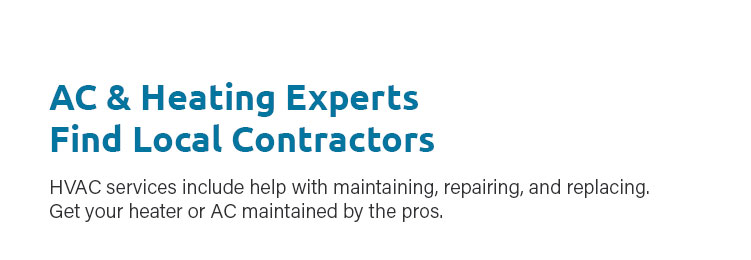 |
 |
 |
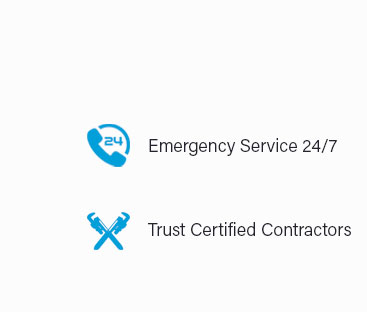 |
 |
 |
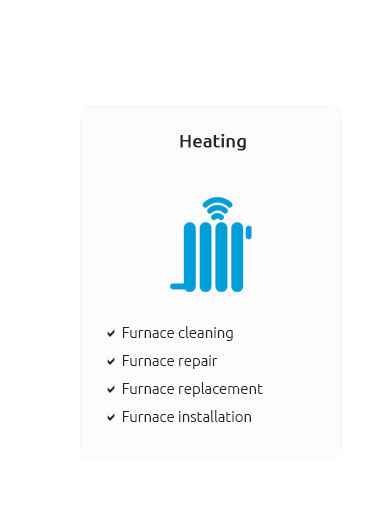 |
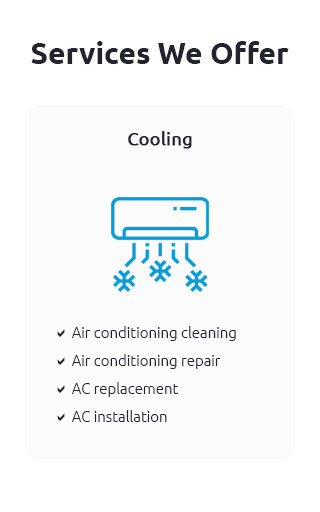 |
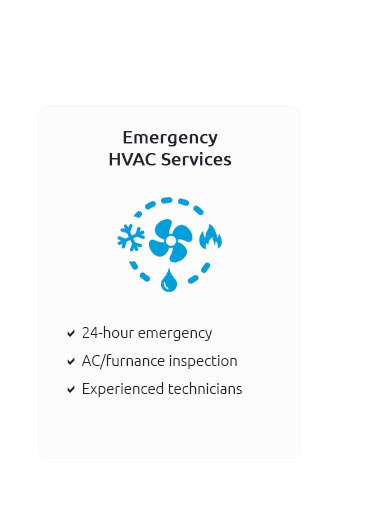 |
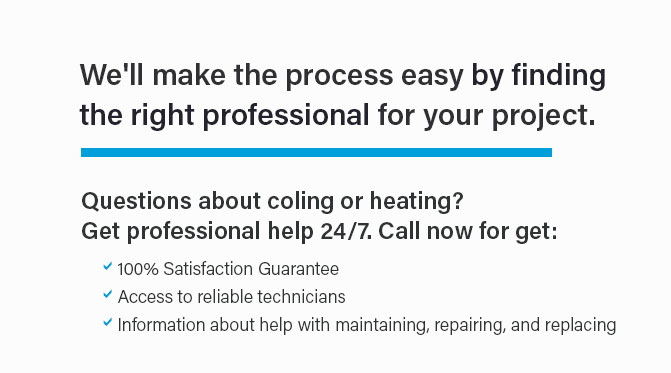 |
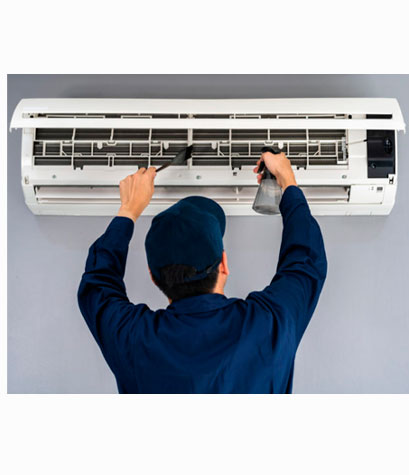 |
 |
 |
 |
|
When your comfort is on the line, don't settle for anything less than the best-our HVAC services are delivered by seasoned AC and heating experts who specialize in flawless HVAC install; find local contractors who are committed to excellence and ready to tackle any climate challenge with precision and care, ensuring your home or business stays perfectly temperate year-round, because when it comes to your environment, you deserve nothing but unrivaled expertise and dedication.
https://www.coynecollege.edu/everything-to-know-about-hvac-installation-guide/
This HVAC installation guide can help you select a properly sized unit, connect the air conditioner to your central heating system, determine the cost of ... https://www.energy.gov/eere/buildings/articles/residential-hvac-installation-practices-review-research-findings
The research findings summarized in this report reveal that improving the installation of central heating and air conditioning systems has the potential to ... https://www.youtube.com/watch?v=Adv5PBcx31s
Thomas HVAC Family. In this video, we'll show you what its like to work and be apart of the Thomas HVAC family with a few testimonials from ...
|